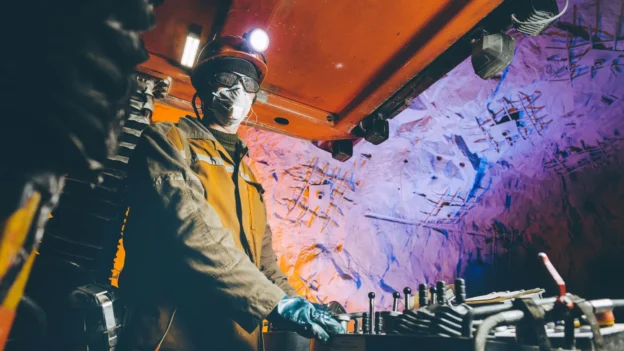Perpetua Resources announced the signing of agreements with Agnico Eagle Mines Limited and JPMorgan Chase to receive a joint equity investment of US$255 million. This private placement strengthens the development of the Stibnite Project, located in central Idaho, considered strategic for its potential gold and antimony production, the latter classified as a critical mineral by the U.S. government.
Capital distribution and the Stibnite project
Agnico Eagle, the world’s second largest gold producer, will invest US$180 million through the acquisition of common shares, reaching a 6.5% stake on a non-diluted basis. It will also receive warrants that could increase its stake to 8.6% if exercised. JPMorgan Chase will invest US$75 million in the purchase of shares, obtaining an initial position of 2.7%.
As part of the agreement, Perpetua and Agnico Eagle will form a technical and exploration advisory committee, leveraging the latter’s operating experience in high-grade gold developments. JPMorgan’s investment is part of its Security and Resilience Initiative, a long-term strategy to support industries linked to national security.
The Stibnite Project is poised to become the only domestic source of antimony, an essential mineral for defense, battery and energy technology applications. It is also projected to be one of the largest open-pit gold deposits in the United States. Perpetua Resources expects that this funding will allow it to continue environmental restoration, advanced exploration and preparation for commercial production.
These funds complement Perpetua’s request for up to US$2 billion from the Export-Import Bank of the United States (EXIM). The sum of these financing strategies seeks to reduce dependence on foreign sources for essential minerals and strengthen critical supply chains from within the country.
Formal closing of the private placement is expected by the end of October, subject to approval by the appropriate regulatory authorities, including the Toronto Stock Exchange. The agreements include guarantees of future participation for investors as long as they maintain a minimum shareholding.
Source and photo: Perpetua Resources

